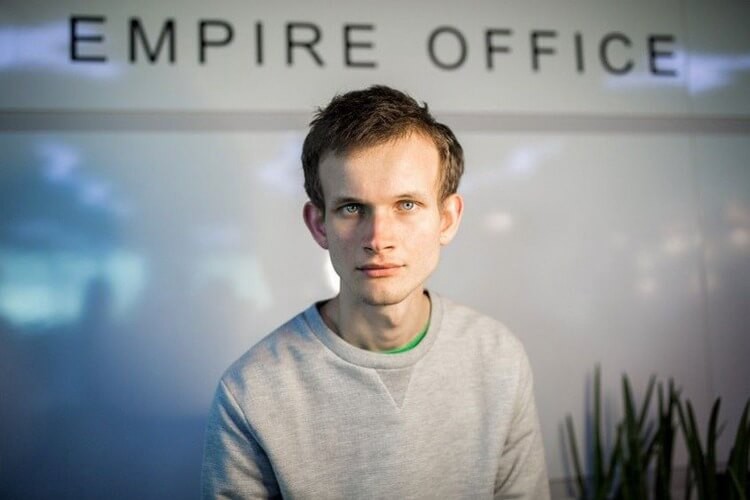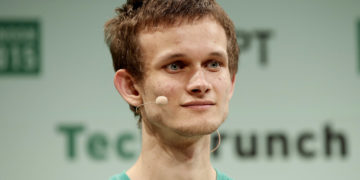Vitalik Buterin disagrees with the popular Bitcoin S2F scarcity model that assumes the price will rise every halving. Ethereum’s co-founder Vitalik Buterin said that he disagrees with this theory because it is set up in a way where it is impossible to disprove, as we are reading further in the Ethereum latest news.
The Bitcoin stock-to-flow model predicts the prices through scarcity, calling the $288,000 BTC by 2024. Vitalik Buterin disagrees with this theory. First popularized by the anonymous crypto analyst PlanB, the Bitcoin stock-to-flow model predicts Bitcoin prices through scarcity. Usually applied to commodities such as silver and gold, whose diminishing supply determines the price, this bitcoin model can be applied to an asset with a limited supply such as Bitcoin.
The "halvings cause BTC price rises" theory is unfalsifiable:
Was the peak before the halving? Then it "rose in anticipation of the halving"
During? "Because of the halving"
After? "Because of…"The last $20k peak was near the halfway point between the 2016 and 2020 halvings. pic.twitter.com/dhVxhmECQS
— vitalik.eth (@VitalikButerin) June 14, 2020
The model takes into consideration the block halving rewards and predicts that the price could reach as high as $288,000 in 2024 while Bitcoin maximalists celebrate this model, Buterin is not convinced. The ETH co-founder called the model “unfalsifiable” claiming that the very way it was set up made it quite impossible to disprove. If the BTC price peaks before the halving, the model proves to be correct as it suggests that the price increased in anticipation of the halving. However, this theory is applied to another point in Bitcoin’s timeline when the price increased.
Some of the Twitter users noted that the stock-to-flow model itself doesn’t imply that the peak is a quite direct consequence of the block reward halving but that every period between two halving sees different orders of magnitude because of the changes in supply. If a period between the two halvings turns out to get away from this pattern, it would make the theory falsifiable.

A software developer, Ricardo Lopes, replied that if the price between the halving decreased, then that would disprove the model. PlanB, the analyst that popularized the model also commented saying that halving is not the element that makes bitcoin scarcer and that the model wasn’t much about the peaks but rather the average price levels that the coin sees between the halving events.
A paper published recently by the co-founder of Ethereum in the ETH news, Vitalik Buterin, along with the Harvard faculty professor Thibault Schrepel argues that blockchain is now positioned to help antitrust laws in areas where the regulations are difficult to apply and enforce.
DC Forecasts is a leader in many crypto news categories, striving for the highest journalistic standards and abiding by a strict set of editorial policies. If you are interested to offer your expertise or contribute to our news website, feel free to contact us at [email protected]























Discussion about this post